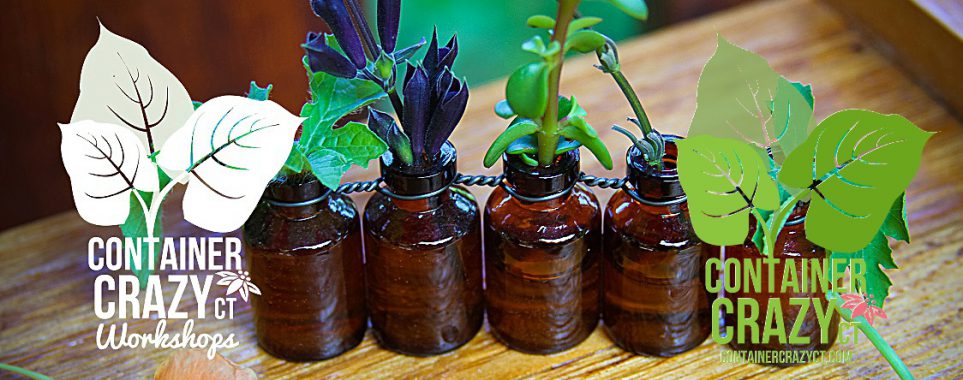A handy juniper to use in the landscape is Juniperus squamata ‘Blue Star’. I’m not sure if the squamata species name means it “squats” low to the ground, but that is kind of what the habit is like for this juniper. It has a mound habit and sits (or squats) low to the ground. Reaching about a height of one to three feet and spread of two to four feet, it doesn’t get too large with its slow growth rate. It has a nice soft silvery-blue needle color that is useful to pair up as a partner with other soft colors like pink blooms on other shrubs in the landscape nearby.
‘Blue Star’ prefers full sun. It also can take some drought once established, thus it is a good low-maintenance candidate. Additionally, in my opinion, it isn’t ugly like some other types of junipers that have more of a low-creeping habit. Many of my clients have said “yuck” to the itchy, sprawling junipers, and tend to agree with the look of ‘Blue Star’ being more on the handsome side due to its mounded fluffy form. The needles are awl-shaped. I remember asking my professor years ago when we studied these types of plants what that word meant. He responded, “like a boat.” Awl means the needles tapers to a slender stiff point. If you look up close, you will notice this on ‘Blue Star’.
This shrub can also tolerate a range of soils, from clay to the more well-drained, and can take urban conditions, like for beds situated near driveways. It doesn’t get serious pest problems. However, it prefers acid soils, so if your soil is alkaline, it may yellow a bit in your landscape, but I haven’t seen this problem on ‘Blue Stars’ as of yet in any of the residences I’ve visited to date.
However, I have seen another problem on other junipers called cedar-apple rust. The best description I can give this problem, is when you see it on junipers, it looks like orange snot globbed on a branch. In the spring or early summer, this (snotty) swelling will appear on the upper surface of the needles, in the shape of a blob ball. During warm and rainy weather, it swells up and grows jelly looking things called “horns” which look like a mistake by a not-so-nice passerby spitting on it. Oh gross! But it is actually a gall. A yucky looking gall for sure.
How does happen this on junipers? Well, if you have never heard of or seen cedar-apple rust, you either have no junipers in your landscape or you are well-informed about the causal agent and where it comes from. This disease is caused by a fungus that infects apple trees first. The wind will carry spores from apples leaves and infect the juniper in the summer. This begins a ping-pong game by this fungus between the juniper and the apple tree. It does not travel from one juniper to the other, but will bounce back to the apple tree a spring later. Then in August, the spores return to the juniper. You have to wonder how nature, or why nature chose to do this routine for its growing cycle? It is rather odd. Perhaps the texture of the juniper’s needles just worked for this organism to grow and reproduce, I’m not sure, but when you see cedar-apple rust for the first time, you want to reach for a Kleenex!
So what should you do if you witness the cedar-apple rust “orange snot” or more technically stated, galls, on your junipers? Remove them and toss them in the garbage. And if possible, do not plant apples trees in the same landscape area as your new junipers. Or if you have apple trees or a farm of trees within several hundred yards, don’t use them at all to avoid this experience. This is the advice I give my clients. The good news is, if you have no issues with junipers, they are very easy to find in your local nurseries here in CT. Just look down when walking through the shrub section when you browse for your plants. You will spot this dense, compact mounded useful shrub sitting there. I find ‘Blue Star’ very useful and continue to recommend it to my DIY landscape clients as a shrub that doesn’t overwhelm a space, is low-maintenance, and easy to plant. Cathy T

